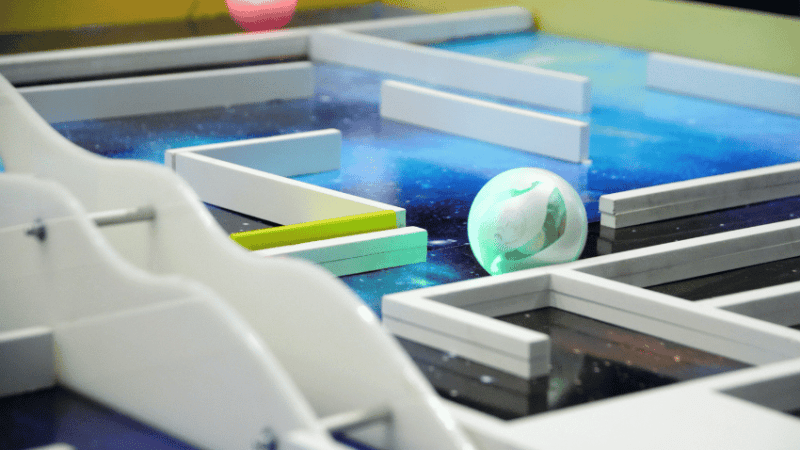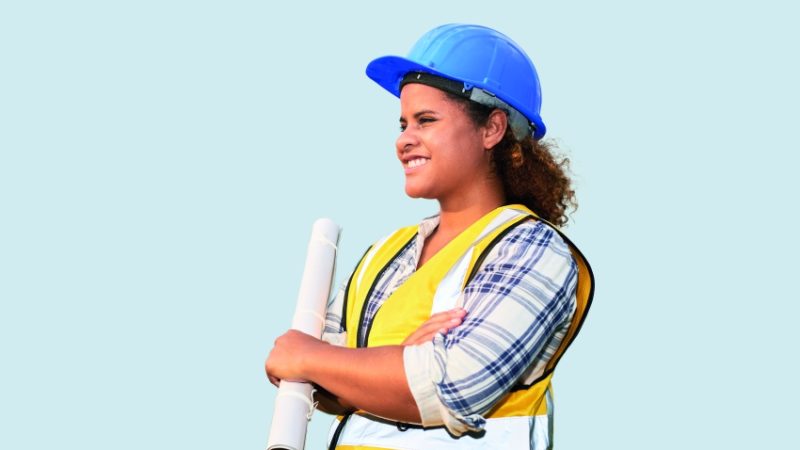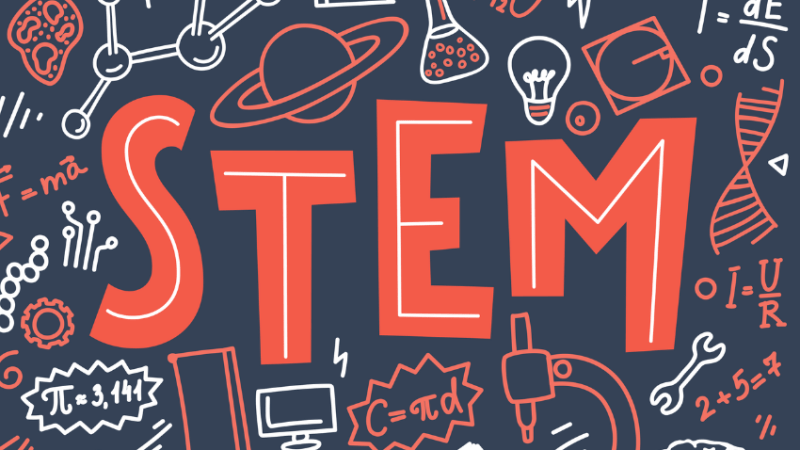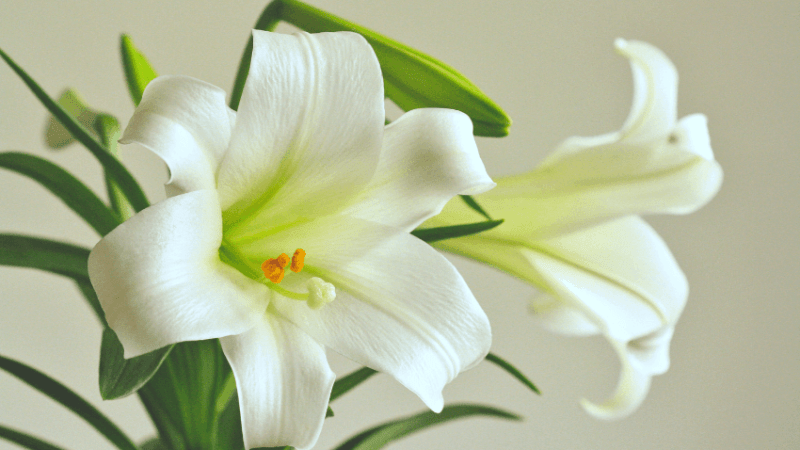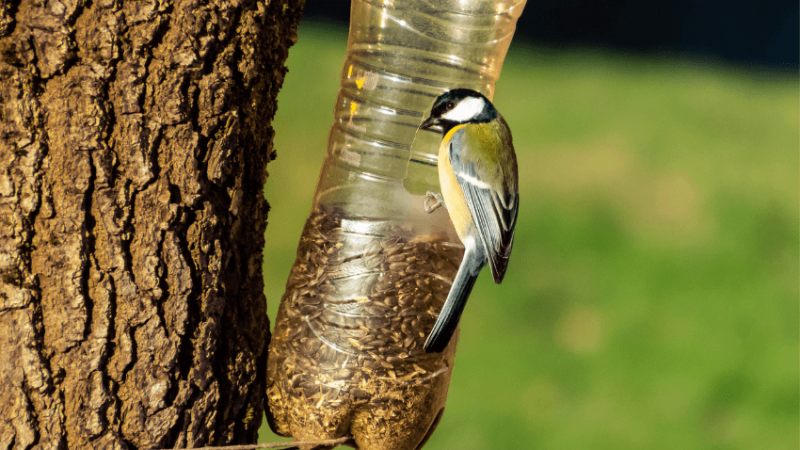Science activities for kids – 20 practical ideas for winter science in EYFS, KS1 and KS2
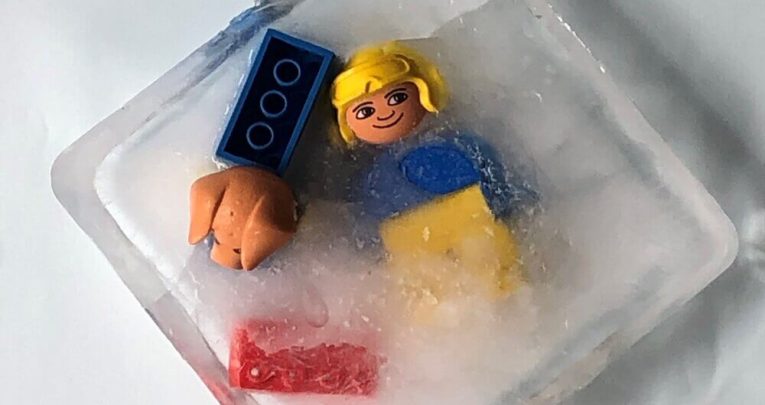
Make snow balls, freeze Lego in ice, and build bug hotels in these wintery science activities from Dr Jo Montgomery…

- by Dr Jo Montgomery
- Primary science specialist and education consultant Visit website
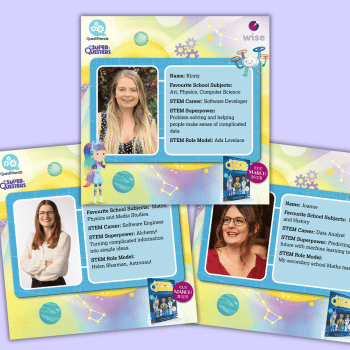
At first glance, winter might not appear to be the most obvious time of year to focus on science, especially when thinking about heading outside and considering the natural world, living things and their habitats.
However the dark days (and nights) can offer lots of inspiration.
Outdoor learning
Outdoor science learning can be great in winter. An obvious link is to revisit seasonal changes with Year 1 (and Early Years for understanding the world).
This isn’t limited to infants, however, as these seasonal changes also underpin the spiral curriculum that follows as children progress through the school.
From identifying plants and animals in Year 1, to classification in Years 4 and 5 and life cycles in Year 6, wintertime is an excellent opportunity to notice the differences in the natural world.
For example, winter is a great time to explore the hibernation patterns of wildlife in your school grounds or local area.
Children could build dens or bug hotels to help insects hibernate (simple piles of sticks, twigs, logs, pots, leaves, stones, wood or bamboo work well), or make seed cakes or bird feeders to help non-migratory birds survive the winter.
The colder months are also a time to explore growing conditions for plants – there are many that like to be planted in winter, including veg such as sprouts, turnips, potatoes and onions.
Garlic likes to be planted in winter, too, and you could try sowing early peas, beetroot, spinach or carrots at the end of February if you have a school allotment or small area.
It is also a great time of year to bring in discussions about climate change, and think about what will happen to environments if conditions change (Year 4).
I have collated a whole host of resources, links, websites, plans and activities for environmental education in the primary curriculum at tinyurl.com/tp-DrJoClimate
Ice explorations
When the weather is really cold, let the children explore and discover the changes to the grass, leaves and water on frosty mornings.
If you’re lucky enough to have snow, allow some snowflakes to land on black paper so children can take a closer look – use magnifying glasses, microscopes or zoom in on photos.
Snowflakes always have six sides and are all unique! Children could try making paper snowflakes to explore symmetry and geometry.
Following on from these outdoor observations, explore some cold weather science inside or out: investigate freezing and melting from EYFS up, linking to changing states of matter and environmental changes in Year 4.
Make a snowman, or snow balls (or fill a jar with snow, decorating the outside to look like a snowman), and bring inside to observe what happens!
Use some snow to build a snow volcano outside – fill with sodium bicarbonate, vinegar and some added food colouring for an impressive chemical reaction.*
You can also make hanging ice decorations by freezing water and natural items such as leaves and berries in shallow dishes, add a loop of string and hang outside from trees. Observe them over time, to see how they change and melt.
This can be extended by freezing small toys in ice and challenging children to find the best way to free them. You could provide items such as salt, sugar, sand, spoons and water to investigate.
Go ‘ice fishing’ by seeing if you can attach a piece of string to an ice cube and pick it up!
*Ensure children understand that a volcanic eruption is actually molten rock, not an acid-base reaction!
Science project ideas
- Scavenger hunt for natural winter items, such as leaf skeleton, lichen or pine cones (or even snow or ice!)
- Link to maths with some nature-based challenges, such as: Make a triangle/square/polygon from twigs; make a circle using stones; find eight brown leaves, find 10 stones, find two birds; use natural concrete manipulatives for maths operations
- Measure and monitor temperature readings (you can also look back at historical data from the Met Office and view trends here)
- Make (and monitor) a rain gauge
- Spot birds to see which ones spend the winter in the UK
- Investigate how different animals keep warm (see polar and environmental science section)
- Blow bubbles in the frost and watch them freeze
Environmental and polar science investigations
- Blubber glove
Explore how some animals keep warm in this investigation by immersing your hand in icy water while wearing a rubber glove filled with lard or vegetable fat - Penguin huddle
Fill test tubes or small cups (one per child) with warm water (try 37°C for body temperature), group them all tightly together and monitor the temperature of the outside ones compared to those surrounded by others on the inside of the ‘penguin’ huddle. Add a fan at one edge for additional cooling effect! - Global warming
In a simple model of the greenhouse effect, using a plastic bottle or glass bowl, monitor the temperature during the day with and without a ‘greenhouse’ layer - Rising sea levels
Make a model in a deep bowl to investigate the effects of melting sea and land ice - Link with DT
Design the best sleigh to pull across Antarctica or float a boat
Find even more ideas, including links to DT in the STEM Learning Polar Explorers activity book, here.
Dr Jo Montgomery is a scientist and teacher delivering fun and engaging, hands-on science workshops for children, and supporting teacher professional development as a STEM learning lead facilitator, PSQM hub leader and independent consultant. Follow Jo on Twitter at @DrJoScience.


